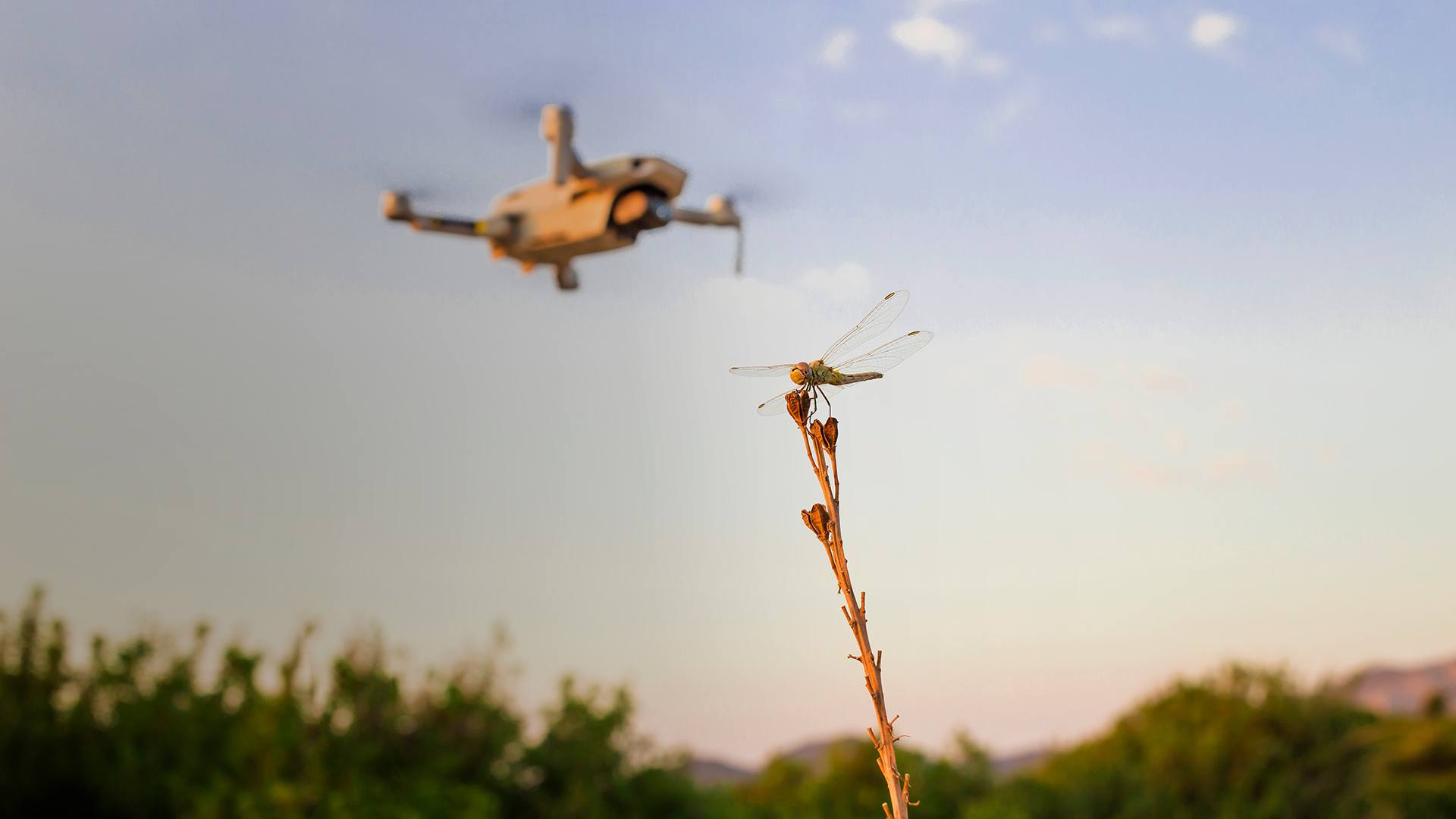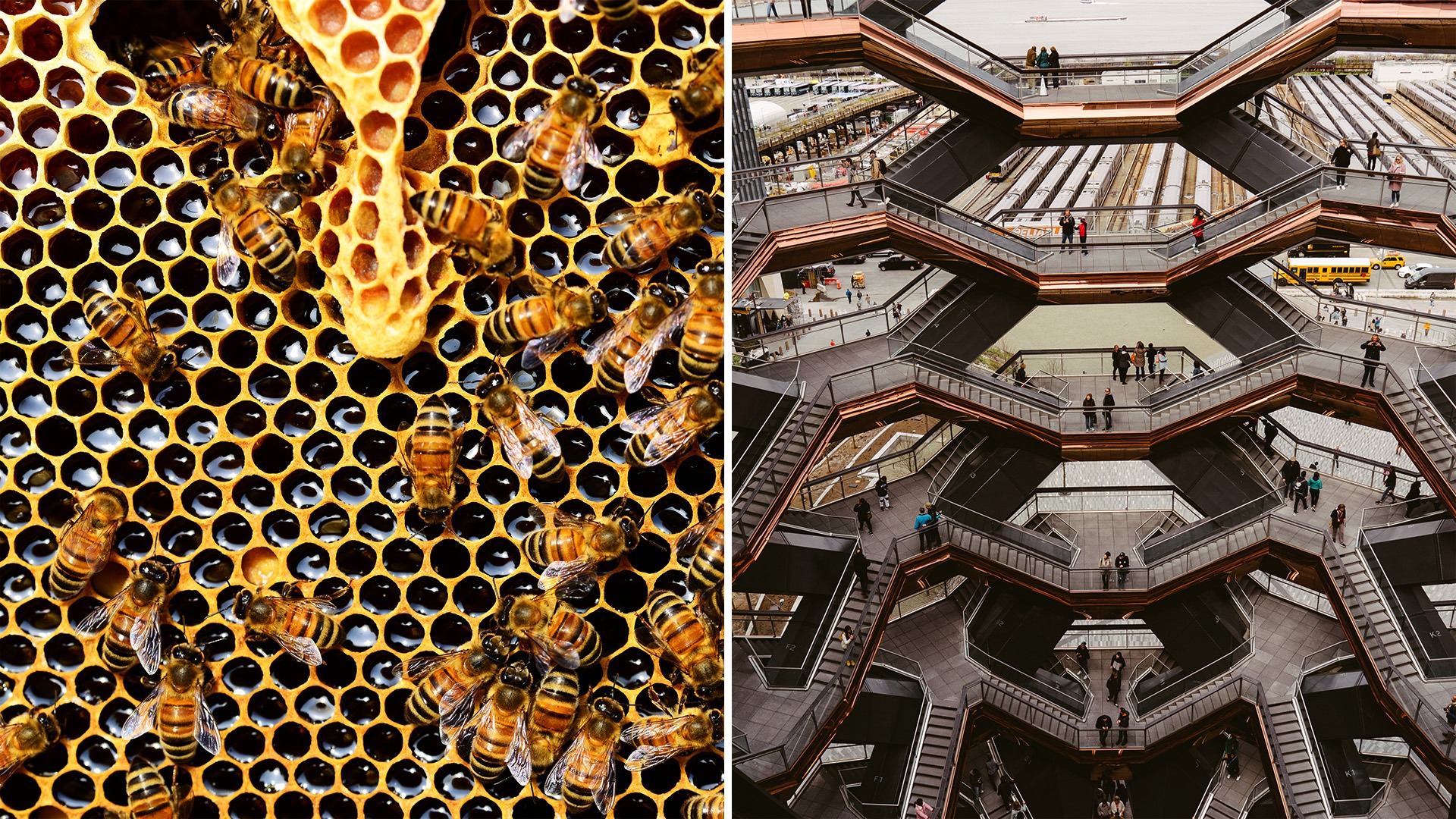When Man seeks to respond to a challenge, he often finds inspiration in nature, relying on the improvements resulting from more than four billion years of evolution. Biomimicry helps us overcome many obstacles in the fields of design and engineering, agronomy and geosciences and to lead a more sustainable life, commute more efficiently and even fly. Here are ten examples from the animal and plant realms.
Starting from the word biomimicry (from the Greek Bíos, or life, and Mimētikós, imitator), we may say that the answers to the questions asked by human beings over time can be found in nature. This imitation of nature, e.g. understanding processes, provide answers that can be adapted and used in particular fields like robotics, fabric development, architecture and the creation of new materials. Biomimicry thus enhances the swift adoption of important innovations in the fields of medicine, engineering or biomedical sciences.
Leonardo da Vinci (1452 – 1519) is considered the first biomimetic designer in history. His commitment to the study of birds and the overlapping of feathers that he transposed to the flying machine he worked on, see the ornithopter, is a good example of this search for inspiration in birds, bats and insects through the simulation of the flapping motion of the wings.
In these creations, function prevailed over form and the source of inspiration was there in the fauna and flora. Janine Benyus, author of Biomimicry: Innovation Inspired by Nature, presents three distinct axes of this “imitation”:
. Nature as a model, analysing its design and processes, drawing inspiration from them to solve problems;
. Nature as a measure, using it as a standard to check innovations to understand what actually works and what’s both appropriate and durable;
. Nature as a mentor, looking at it as a knowledge base from which we can learn.
Examples of biomimicry in the animal realm abound.
The intricate structure of a bird’s nest was the inspiration for the construction of the Beijing National Stadium. Signed by Herzog & de Meuron, the design filters sunlight and provides ventilation, with transparent ETFE polymer membranes filling the steel mesh.
As for the Quadracci Pavilion of the Milwaukee Museum of Art (USA), designed by architect Santiago Calatrava, it was inspired by the bird’s wings. The biomorphic structure opens and closes during the day, casting shade on the inside.
From land to air: also the wings of birds of prey (eagles, griffons, etc.) and the long feathers of the extremities inspired the fins of aeroplanes. When studying these features, we thus conclude that feathers increase stability by reducing turbulence at the tip of the wing, assisting the flight and regulating energy consumption during the flight. Its use in aircraft reduces fuel consumption and increases aerodynamics, and fins have been used by commercial aviation in many models.







